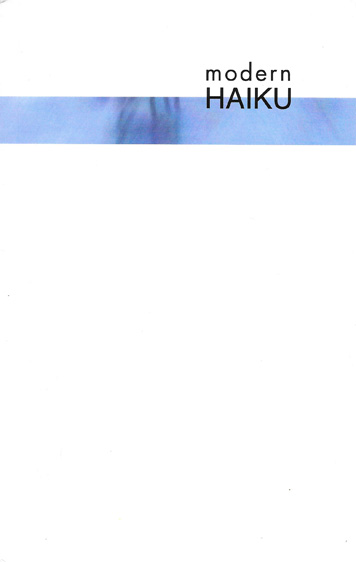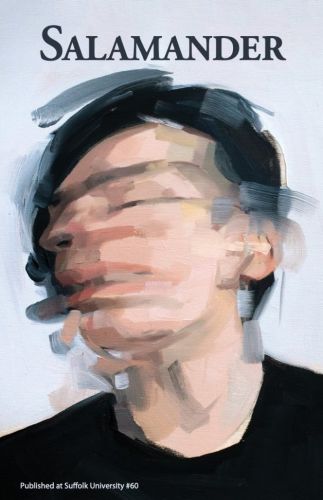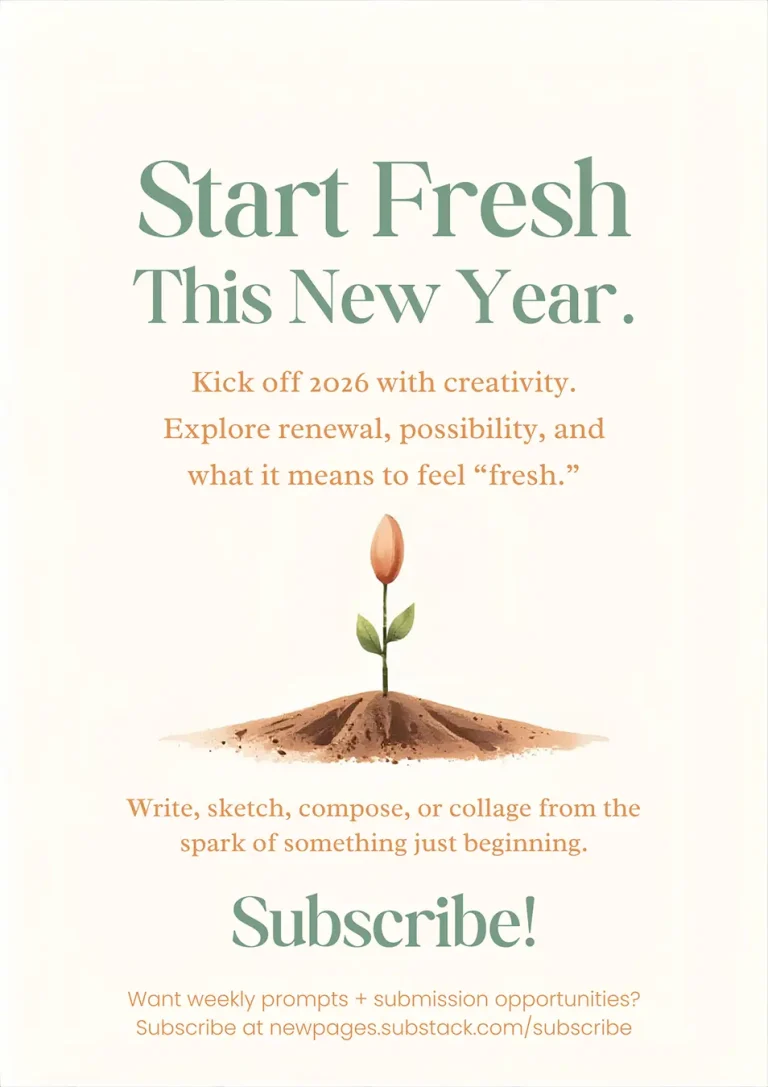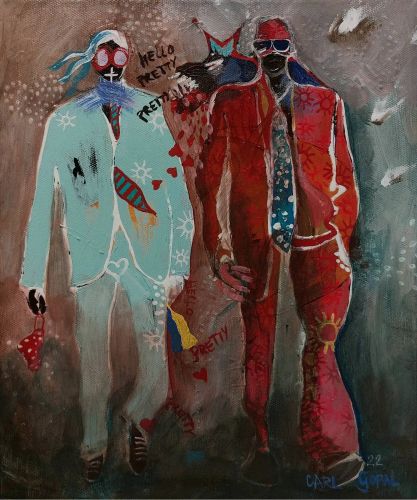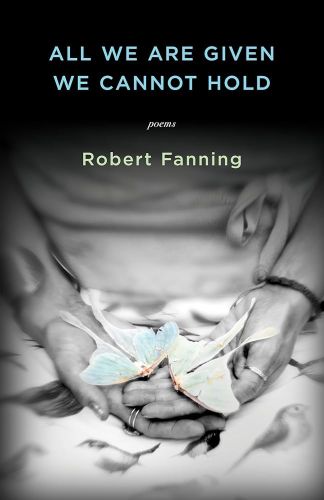“autumn / taking a dirt road / to the end of it ” —from A Dictionary of Haiku (1992), Jane Reichhold, 1937-2016. The fall issue of Modern Haiku contains a tribute in memory of Jane Reichhold, “a prolific author, editor, and translator” who made her mark as a writer and scholar of the haiku form.
autumn
taking a dirt road
to the end of it—from A Dictionary of Haiku (1992), Jane Reichhold, 1937-2016
The fall issue of Modern Haiku contains a tribute in memory of Jane Reichhold, “a prolific author, editor, and translator” who made her mark as a writer and scholar of the haiku form. This recognition, along with essays, reviews, and poems, make up this issue that reveals so much about haiku and other Japanese forms of poetry that are sometimes overlooked. In her essay, “Haiku Aesthetics: A Look at Understatement,” Susan Antolin notes, “In a recent interview in Frogpond, the poet Kwame Dawes noted that the poetry establishment does not grant haiku a tremendous amount of respect.” Reading this volume of Modern Haiku can dispel this notion and bring new readers into the fold.
Antolin’s essay explains a great deal about the haiku form, how understatement is key and sometimes what is not on the page is as important as the words extant in the poem. She asserts that “when haiku gets it just right, we have the sense that one more word might spoil everything.” Her essay is insightful in teaching readers how to understand haiku and the beauty in “the use of plain, unadorned language” and explains that “using language that does not draw attention to itself is key to the understated poem and allows the reader to experience the moment almost as though the words themselves were invisible.” The poems in this volume exemplify these ideas.
This volume of Modern Haiku is replete with poems in the haiku, senryu, and haibun forms, in addition to essays on the aesthetics, nature imagery, and evolution of haiku, reviews of current haiku and essay collections, and a spotlight on poet Shuji Niwano. If readers are unfamiliar with these Japanese forms of poetry, reading this issue will help to educate. My knowledge of haiku has more than doubled in volume, and knowing more increased the pleasure of reading the poems in this issue and added to my appreciation of the Japanese forms. I feel more skilled as a reader and more apt to read more haiku, senryu, and haibun in the future.
Haiku is so much more than the short 3-lined poem with the 5-7-5 syllabic requirement that I learned about in school. The beauty of haiku is in the image distilled and presented on the page by the poet. These poems in the haiku and senryu forms reveal the aesthetic of understatement:
mating sand fleas
a bleached clump
of elkhorn coral
Bill Cooper
autumn rain . . .
the scent of cinnamon
in mother’s teapot
Susan Constable
the long shadow
of a tire swing—
summer solstice
Theresa A. Cancro
duckweed
I’m only
bigger
Yu Chang
The poets engage in a conversation with the reader through images and the art of understatement. This seems to be the most important element of haiku and senryu (a haiku form that references human nature in addition to the more traditional nature images): the poet presents images containing entire mini-worlds of meaning and leaves invisible the transaction between writer and reader that is the essence of the haiku experience.
Poets Kristen Deming and Lynn Edge present stories in their poems. Deming’s poem evokes a mood of childhood that communes with nature and where the memory of certain species of tree matters. The reader is left to interpret and engage with the words on the page to complete the story.
trees of my childhood
hemlock
weeping willow
In Edge’s poem, nature is central to mood and tone. The specifics of the image reveal a story of place and observation.
a butterfly sips
from the overripe fig
twilight begins
The poems in this issue express longing and memory, love and fear within the confines of the form. Human nature is included in many of the poems and achieves the goals of form and function. The following poems tell universal truth in human stories:
fiftieth reunion—
the class bully
squeezes my hand
—tightly
Ernest Sherman
banked coals
the words we save
for morning
Ann K. Schwader
father and I
build a bonfire
lost sparks
Nicholas Klacsanzky
In these spare words are tales of human nature and episodes in human lives. Through the aesthetic of the haiku and senryu forms, these poets have found meaning in image, theme in simplicity.
This issue of Modern Haiku also includes a stunning gallery of four poems from RaNae Merrill, adding visual art to the aesthetic of the haiku.
The works in this issue are important, not only to the further study of haiku and other Japanese poetic forms, but to readers who engage with words in a conversation about life, nature, and art, and the fulfillment of each.
[www.modernhaiku.org]

